What is Rolled Gold Wire
Question:
What is rolled gold wire? Does it hold up better than any of the products Ive used before or does it fade like gold plate? Eventually, I`d like to start working with real gold, but that`s not going to be for a long time. Should I just go for the gold filled wire instead?
Added information supplied by Judy Ellis
What is rolled gold wire? Does it hold up better than any of the products Ive used before or does it fade like gold plate? Eventually, I`d like to start working with real gold, but that`s not going to be for a long time. Should I just go for the gold filled wire instead?
Added information supplied by Judy Ellis
Instructions
Answer:
Gold-Filled Wire Explained
Gold-filled wire is essentially a core of base metal, usually pure jeweler's brass, encased in a thick layer of gold, typically 14k, but sometimes 12k or 10k. The gold and base metal are bonded together through heat and pressure to form a durable, solid material.
In the United States, the Federal Trade Commission (FTC) defines quality standards for gold-filled items. For example:
10KGF (10 Karat Gold-Filled) means the gold layer must be at least 1/10th of the total weight of the item.
12KGF means the gold layer must be at least 1/20th of the item's weight.
In Europe, the same concept is referred to as "rolled gold."
The key benefit is that all visible and skin-contacting surfaces are genuine karat gold. Unlike gold plating, the gold layer on gold-filled wire does not chip or wash away easily.
With regular, everyday wear, a 14/20 gold-filled jewelry piece can last anywhere from 5 to 30 years, offering an affordable yet long-lasting alternative to solid gold.
Gold-Filled Wire Explained
Gold-filled wire is essentially a core of base metal, usually pure jeweler's brass, encased in a thick layer of gold, typically 14k, but sometimes 12k or 10k. The gold and base metal are bonded together through heat and pressure to form a durable, solid material.
In the United States, the Federal Trade Commission (FTC) defines quality standards for gold-filled items. For example:
10KGF (10 Karat Gold-Filled) means the gold layer must be at least 1/10th of the total weight of the item.
12KGF means the gold layer must be at least 1/20th of the item's weight.
In Europe, the same concept is referred to as "rolled gold."
The key benefit is that all visible and skin-contacting surfaces are genuine karat gold. Unlike gold plating, the gold layer on gold-filled wire does not chip or wash away easily.
With regular, everyday wear, a 14/20 gold-filled jewelry piece can last anywhere from 5 to 30 years, offering an affordable yet long-lasting alternative to solid gold.
Rolled gold 'plate' however, is just as it is called: plated. When a base metal is coated with a thin layer of gold via electrolysis it has been 'plated'. If the base metal used is sterling silver and 18K gold is bonded to it, it is called Vermeil. Gold plate will wear off quite quickly, and the base metal below will tarnish.
14k gold-filled items contain 50,000 to 100,000 times more gold than regular gold plating, depending on the manufacturer, and are 17,000 to 25,000 times thicker than heavy gold electroplated items. I have been using 14/20 gold-filled wire for jewelry making for many years and have never had any pieces returned due to issues with the gold wearing off or coming loose. (Yes, I also occasionally work with 14k and 18k solid gold, but that can be extremely expensive.)
Judy's research:
You've probably heard the terms "gold plated," "gold filled," and "rolled gold" around the wire jewelry world, and to be sure you're telling your customers the value of the pieces you make using gold-filled wire, let's get familiar with each of these terms. With the price of gold, gold filled wire is a wonderful way for you to bring a real, beautiful golden glow to your friends' jewelry collection, without the staggering price of a solid gold piece.
You've probably heard the terms "gold plated," "gold filled," and "rolled gold" around the wire jewelry world, and to be sure you're telling your customers the value of the pieces you make using gold-filled wire, let's get familiar with each of these terms. With the price of gold, gold filled wire is a wonderful way for you to bring a real, beautiful golden glow to your friends' jewelry collection, without the staggering price of a solid gold piece.
Origins of Rolled Gold and Gold Filled:
In ancient times, gold wire was literally created by rolling. In Ancient Egypt, gold was hammered into extremely thin sheets, then rolled into tight or hollow tubes, and finally shaped to create wire jewelry. Over time, this rolled gold became "filled" with a base metal, such as brass, thus creating gold filled with brass.
Note: The death mask of Tutankhamen, perhaps the finest example of goldsmithing to survive from ancient Egypt and an outstanding example of portrait sculpture, was made from sheet gold.
Perhaps the most impressive piece found in Tutankhamun's tomb is not the mask, although it is the most well-known. The king's gold inner coffin, shown above, displays a quality of workmanship and attention to detail that is unsurpassed. The coffin is made of solid gold, measuring 74″ long, 20″ wide, and 20″ high. The king is depicted as Osiris, holding the crook and flail traditional symbols of kingship.
In ancient times, gold wire was literally created by rolling. In Ancient Egypt, gold was hammered into extremely thin sheets, then rolled into tight or hollow tubes, and finally shaped to create wire jewelry. Over time, this rolled gold became "filled" with a base metal, such as brass, thus creating gold filled with brass.
Note: The death mask of Tutankhamen, perhaps the finest example of goldsmithing to survive from ancient Egypt and an outstanding example of portrait sculpture, was made from sheet gold.
Perhaps the most impressive piece found in Tutankhamun's tomb is not the mask, although it is the most well-known. The king's gold inner coffin, shown above, displays a quality of workmanship and attention to detail that is unsurpassed. The coffin is made of solid gold, measuring 74″ long, 20″ wide, and 20″ high. The king is depicted as Osiris, holding the crook and flail traditional symbols of kingship.

Modern Techniques:
The modern gold filled wire and sheet metal technique was discovered in 1817 by John Turner, an Englishman, who patented his discovery. This form of gold roared into fashion in the decadent early Victorian Era, but there were no standards yet as to quality or thickness of the gold layer: the line between plated and the thick layer of "gold filled" was fuzzy.
Note: Victorian pendant/brooch made of red and yellow gold which tests as 10K. Courtesy of Milky Way Jewels.
The modern gold filled wire and sheet metal technique was discovered in 1817 by John Turner, an Englishman, who patented his discovery. This form of gold roared into fashion in the decadent early Victorian Era, but there were no standards yet as to quality or thickness of the gold layer: the line between plated and the thick layer of "gold filled" was fuzzy.
Note: Victorian pendant/brooch made of red and yellow gold which tests as 10K. Courtesy of Milky Way Jewels.
Victoria's son, Edward, became king in 1901, and fashion shifted toward light, delicate, and subdued jewelry styles, influenced by the Art Nouveau and Arts & Crafts movements. Rolled gold jewelry gave way to intricate filigree designs. However, gold-plated pieces did not fall out of favor for long. With World War I consuming resources such as the then-popular platinum, silver, and of course gold, rolled gold made a comeback in the late 1930s.
By this time, the style was known as "gold filled," and regulations began to take shape. This process involved fusing the gold layer to the base metal underneath, preventing flaking and improving durability.
By this time, the style was known as "gold filled," and regulations began to take shape. This process involved fusing the gold layer to the base metal underneath, preventing flaking and improving durability.

A few key points about Gold wire:
In the United States, the Federal Trade Commission sets the definition as to the quality of gold-filled. For example, if an item is stamped 10KGF the gold must be no less than 1/10 of the item's weight, and 12KGF = 1/20.
In Europe, 'gold-filled' is called 'rolled gold'. In all gold-filled wire scenarios, everything that is seen or that will touch the skin is karat gold. The gold layer on gold-filled wire will not chip off or wash off. If a person were to wear a 14/20 gold-filled piece of jewelry every day continuously, the gold would last from 5 to 30 years!
Rolled gold 'plate' however, is just as it is called: plated.
When a base metal is coated with a thin layer of gold via electrolysis it has been 'plated'.
If the base metal used is sterling silver and 18K gold is bonded to it, it is called Vermeil. Gold plate will wear off quite quickly, and the base metal below will tarnish.
14k gold-filled items have 50 to 100,000 times more gold than regular gold plating, depending on the manufacturer, and 17 to 25,000 times thicker than heavy gold electroplated items.
Gold and Karats:
And what does karat mean again? Pure gold is called 24 karat, but pure gold is so soft, metallurgists add metals to gold to make it more durable - but these additives can also change the color of the gold.
If copper is added, the gold has a yellow or red (rose) tint to it. If zinc is added, the gold becomes white. Gold can have a green tint if an alloy of zinc and silver is added!
Anything less than 24kt is an abbreviation for what has been done to enrich the gold. 12kt means that there are 12 parts pure gold by weight, and 12 parts other metals. 14kt indicates 14 parts pure gold and 10 parts other metals.
And what does karat mean again? Pure gold is called 24 karat, but pure gold is so soft, metallurgists add metals to gold to make it more durable - but these additives can also change the color of the gold.
If copper is added, the gold has a yellow or red (rose) tint to it. If zinc is added, the gold becomes white. Gold can have a green tint if an alloy of zinc and silver is added!
Anything less than 24kt is an abbreviation for what has been done to enrich the gold. 12kt means that there are 12 parts pure gold by weight, and 12 parts other metals. 14kt indicates 14 parts pure gold and 10 parts other metals.
At the heart of your wire sculptures is wire itself! We're proud to supply you with base metal wire and alloys for the strongest, most durable metal for your wire art.
You know you'll have the highest quality wire, the perfect fit for your project, when you order from us
You know you'll have the highest quality wire, the perfect fit for your project, when you order from us
Materials

Gold Filled Wire

Findings - Gold Filled
Tools

WireJewelry - Ultimate Wire-Pliers Jewelry Pliers with Case, Set of 5
G15-20
- G15-20
- Lesson Quantity: 1.00 pieces
- Purchase Quantity: 1.00 each
- Price: $170.72
- Gold Club Price: $128.04
- Category: Design
- Technique(s): Design
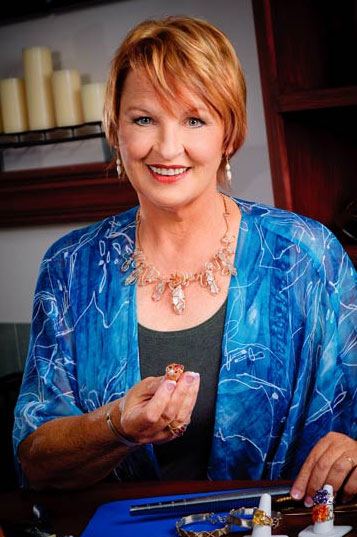








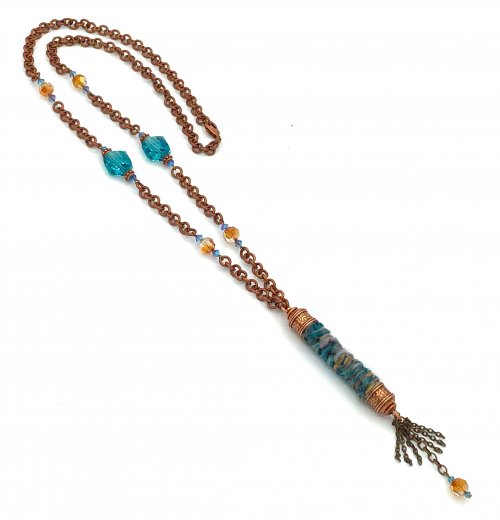
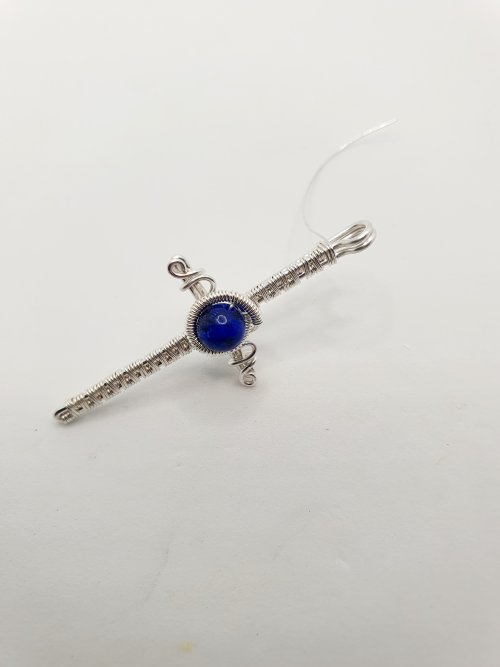
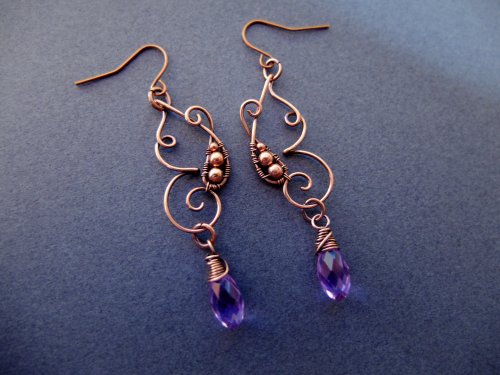

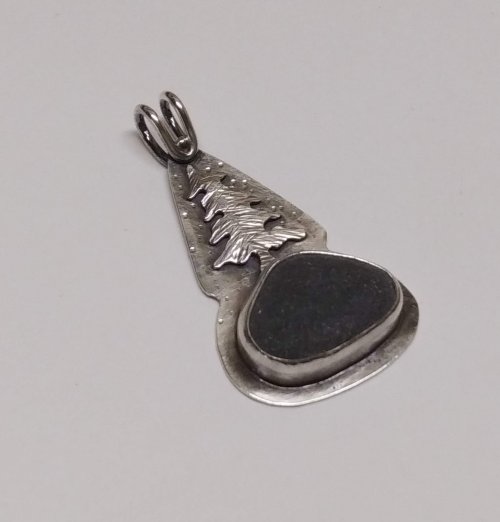
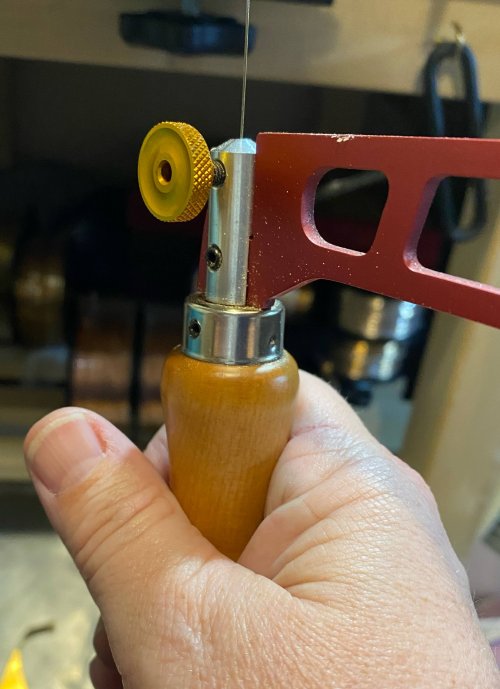
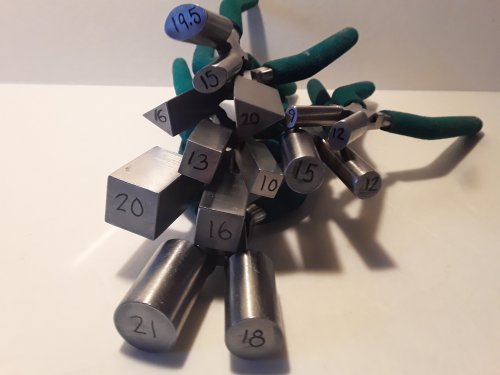
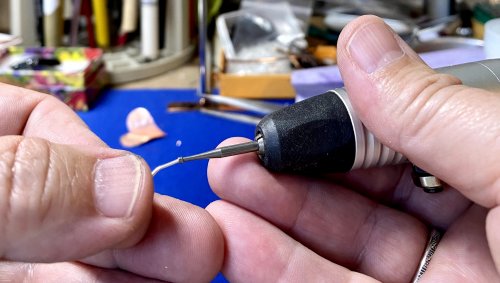
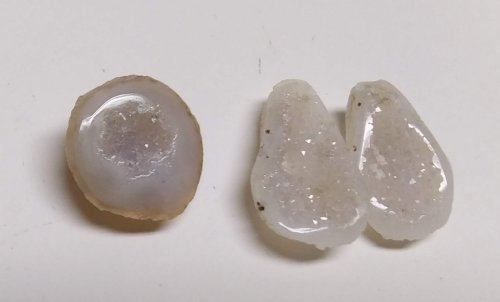


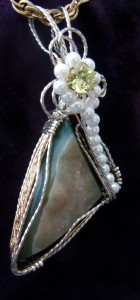
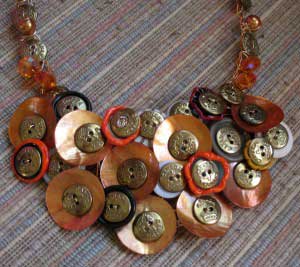
 Wire Jewelry to Make as You Sell
Wire Jewelry to Make as You Sell
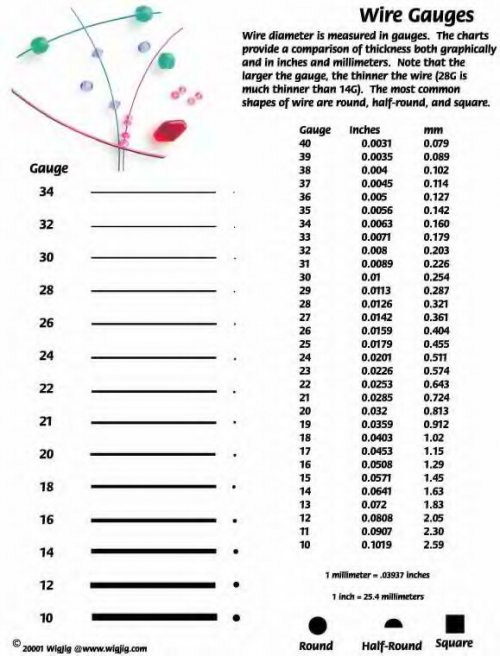 All About Soft Wire
All About Soft Wire
 Chain Lavaliere
Chain Lavaliere
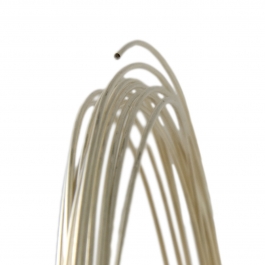 Wire Metal Substitutions
Wire Metal Substitutions
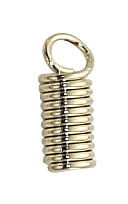 Glue for Finishing Cords
Glue for Finishing Cords
 My Fingers Hurt
My Fingers Hurt
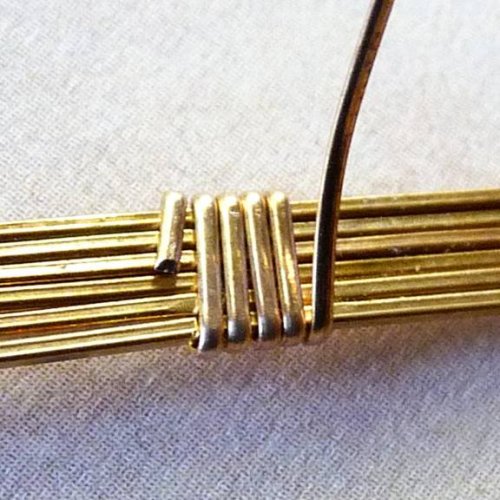 Taming the Wild Wire Bundle
Taming the Wild Wire Bundle
 Making Matching Freeform Earrings
Making Matching Freeform Earrings
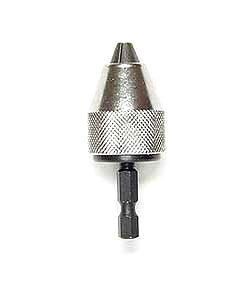 What is My Wire's Circumference
What is My Wire's Circumference
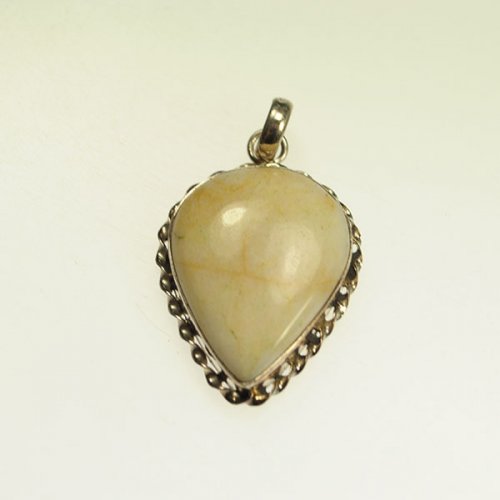 Testing True Ivory
Testing True Ivory
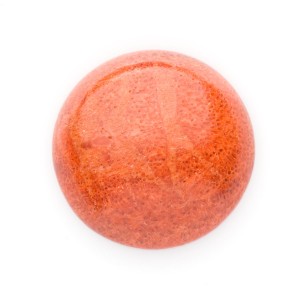 Is My Coral Real
Is My Coral Real
 Wrapping Tiny Cabs
Wrapping Tiny Cabs
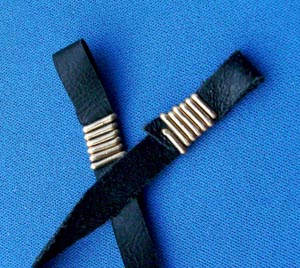 Finished Leather Cord
Finished Leather Cord
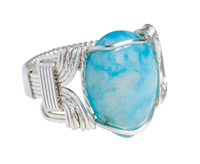 Prevent Scratches on Cabochons
Prevent Scratches on Cabochons
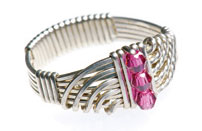 Crystal Wave Ring Finishing Tips
Crystal Wave Ring Finishing Tips
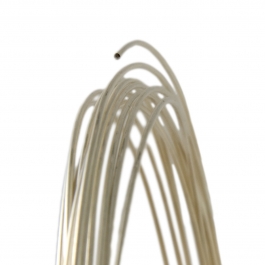 Purity and Sensitivity with Argentium Silver
Purity and Sensitivity with Argentium Silver
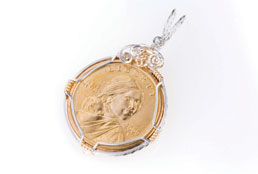 Wrapping Coins for Jewelry
Wrapping Coins for Jewelry
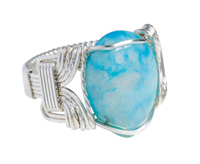 Wrapping a Large Pearl Ring
Wrapping a Large Pearl Ring
 Perfect Chain for Wire Jewelry
Perfect Chain for Wire Jewelry
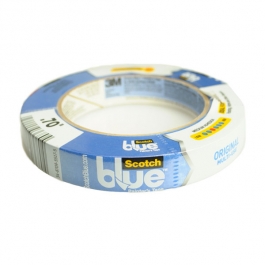 How Do I Keep Square Wire From Twisting When Wrapping
How Do I Keep Square Wire From Twisting When Wrapping
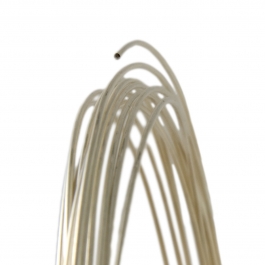 Wire Temper by Number
Wire Temper by Number
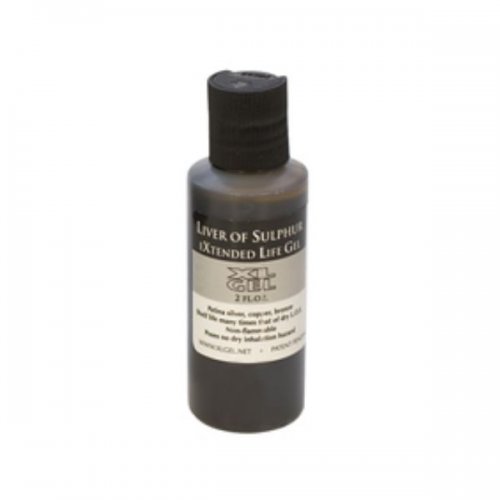 Will Liver of Sulfur Harm Lampwork Beads
Will Liver of Sulfur Harm Lampwork Beads
 Forging Copper Wire
Forging Copper Wire
 Insurance for Art and Craft Shows
Insurance for Art and Craft Shows
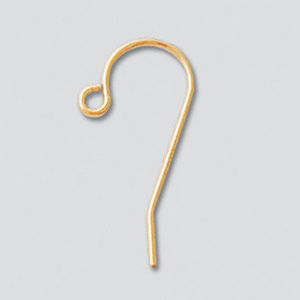 Wire Temper for Ear Pins
Wire Temper for Ear Pins
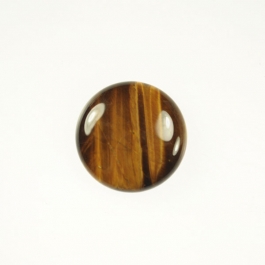 Wire Size for Wrapping a Cabochon
Wire Size for Wrapping a Cabochon
 Can I Use the Copper Wire From Electrical Wire
Can I Use the Copper Wire From Electrical Wire
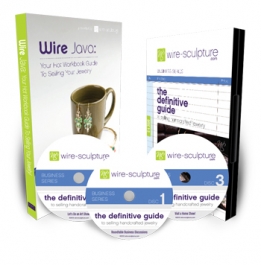 Wire Jewelry for a Home Party
Wire Jewelry for a Home Party
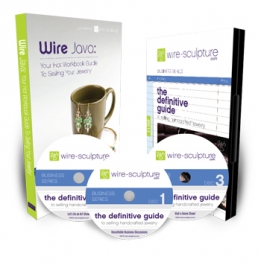 What is a Juried Craft Show
What is a Juried Craft Show
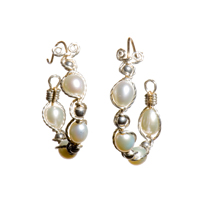 Wire Wrap Ideas for Beginners
Wire Wrap Ideas for Beginners
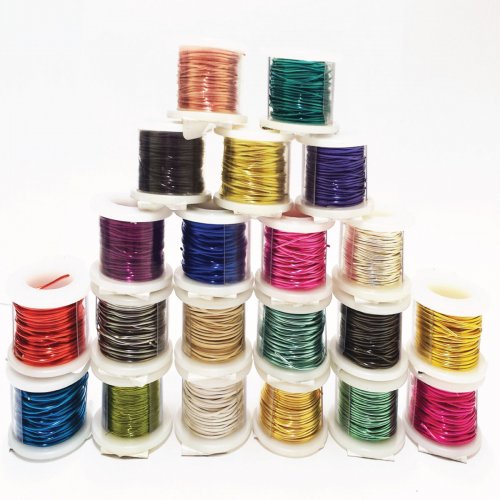 What is the Difference Between Different Plated Jewelry
What is the Difference Between Different Plated Jewelry
 Wrapping Pearls onto a Hair Grip
Wrapping Pearls onto a Hair Grip
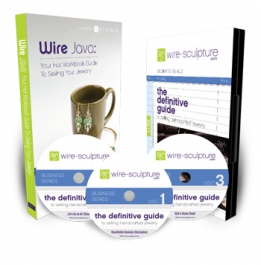 Formulas for Pricing Jewelry and Selling Jewelry- Boutique Markup
Formulas for Pricing Jewelry and Selling Jewelry- Boutique Markup
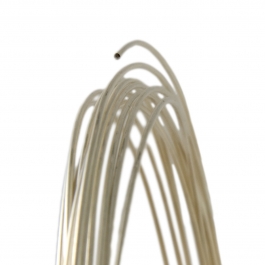 White Gold in Wire Jewelry
White Gold in Wire Jewelry
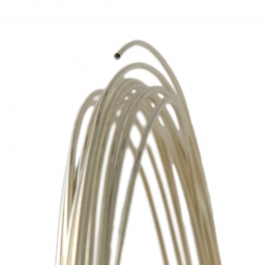 What is White Gold
What is White Gold
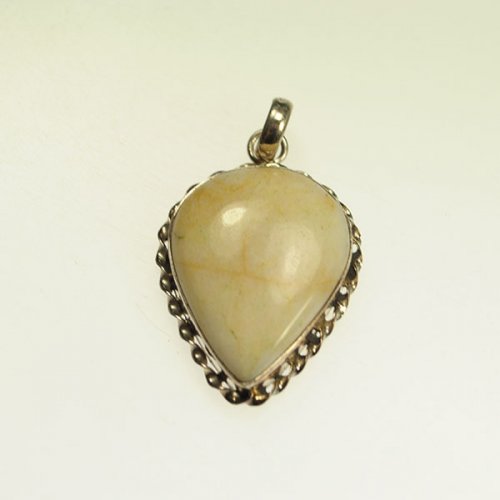 How to Clean and Repair Ivory Jewelry
How to Clean and Repair Ivory Jewelry
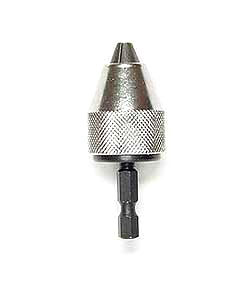 Twisted Wire Tips
Twisted Wire Tips
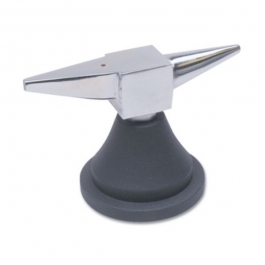 Forging Wire
Forging Wire
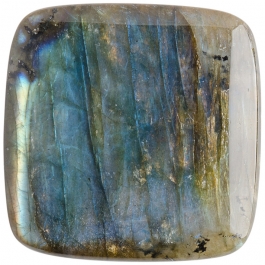 Gemstone Ratings Explained
Gemstone Ratings Explained
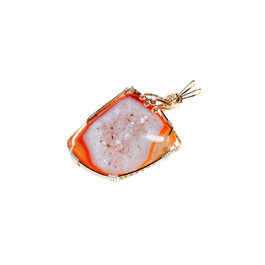 Finishing a Cabochon Frame
Finishing a Cabochon Frame
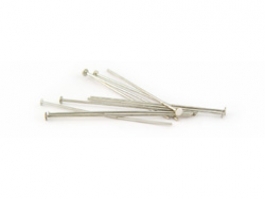 Making Tiny Headpins Larger
Making Tiny Headpins Larger
 Sorting and Using Scrap Wire
Sorting and Using Scrap Wire
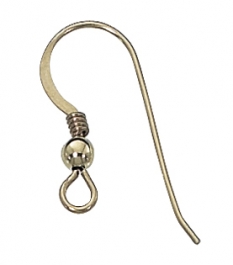 Silver and Nickel in Ear Wires
Silver and Nickel in Ear Wires
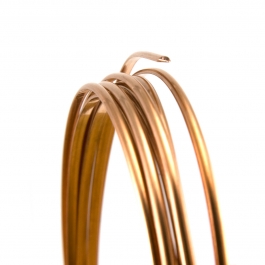 Options for Practice Wire
Options for Practice Wire
 Help with Pricing Wire Jewelry
Help with Pricing Wire Jewelry
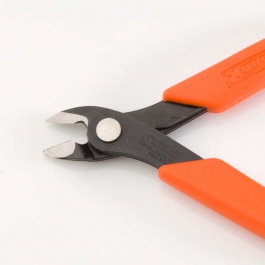 Flush Cutters vs. Side Cutters
Flush Cutters vs. Side Cutters
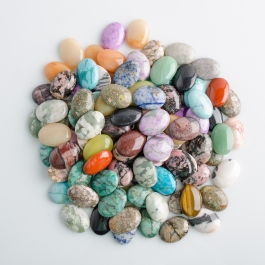 Wrapping Small Gemstones
Wrapping Small Gemstones
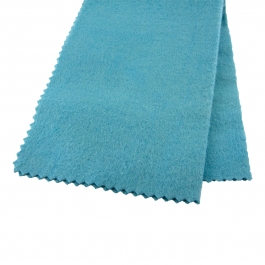 Argentium Silver Care
Argentium Silver Care
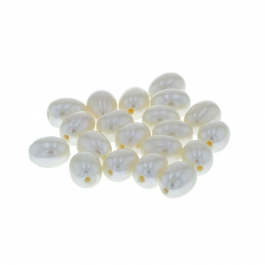 Proper Care of Pearls and Opals
Proper Care of Pearls and Opals
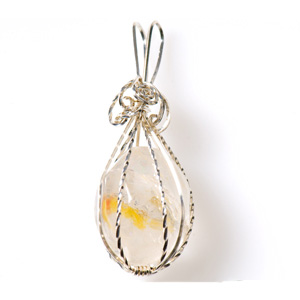 Wire Wrapping Stones with No Holes
Wire Wrapping Stones with No Holes
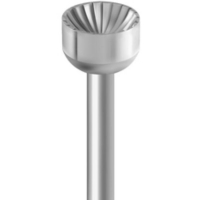 Cup Bur Sizes for Wire Gauges
Cup Bur Sizes for Wire Gauges
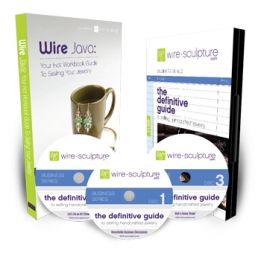 Learning How to Sell Jewelry
Learning How to Sell Jewelry
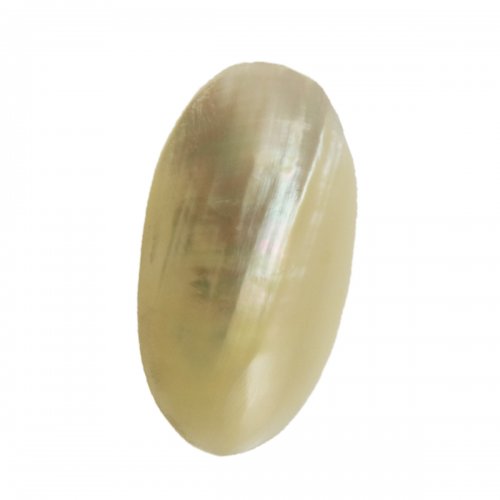 Seashell Jewelry with an Underwater Finish
Seashell Jewelry with an Underwater Finish
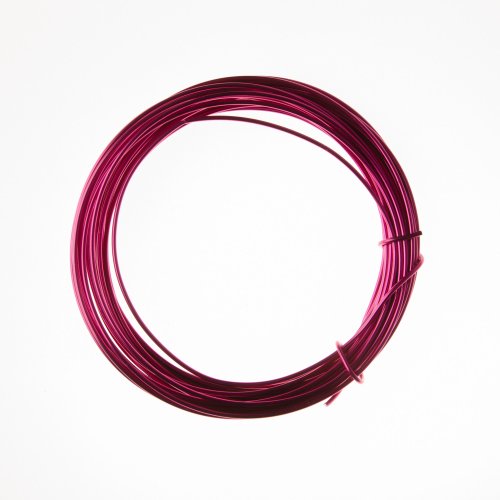 Anodized Aluminum and Chipping
Anodized Aluminum and Chipping
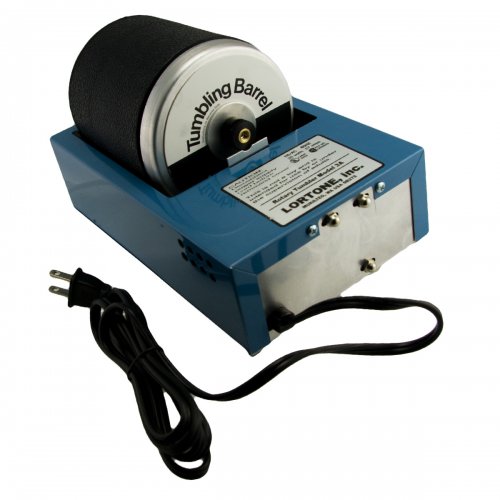 Rock Tumbling 101
Rock Tumbling 101
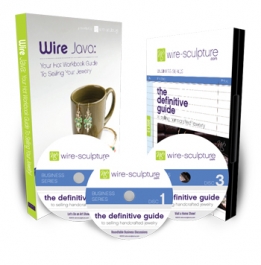 Home Jewelry Show Inventory
Home Jewelry Show Inventory
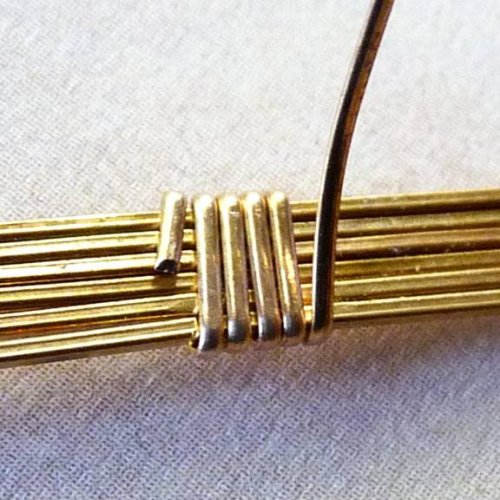 Wire Wrapping Term - To Show
Wire Wrapping Term - To Show
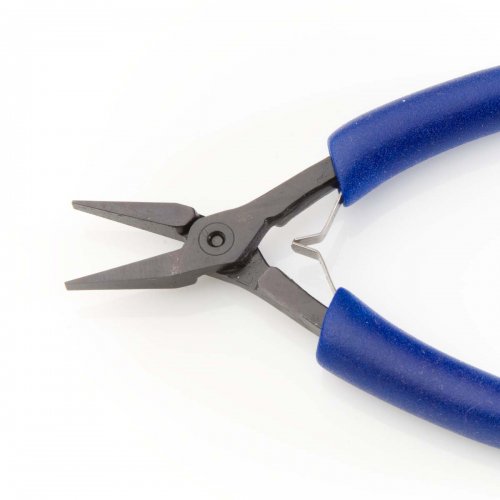 Lindstrom or Swanstrom Pliers
Lindstrom or Swanstrom Pliers
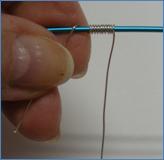 What is Niobium Wire
What is Niobium Wire
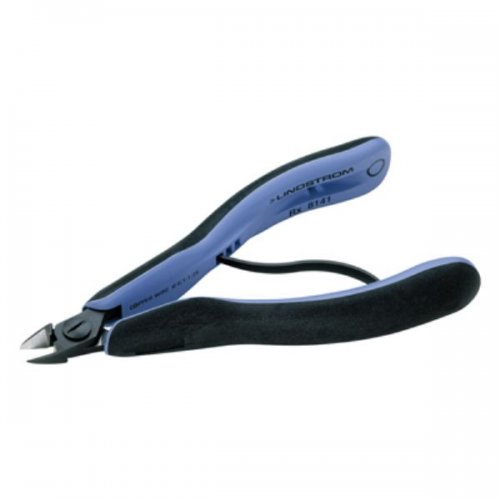 Can Lindstrom Cutters be Repaired
Can Lindstrom Cutters be Repaired
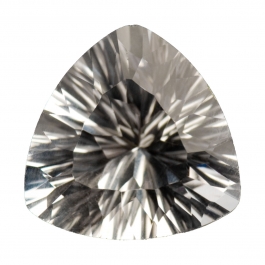 Trillion Ring Designs
Trillion Ring Designs
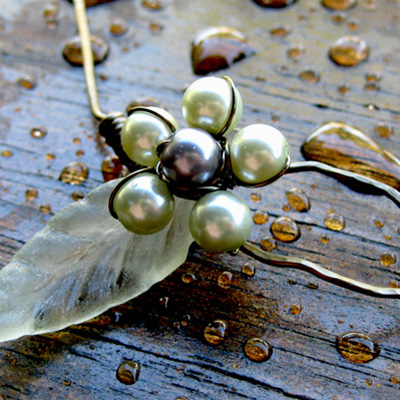 Copper Hat Pins
Copper Hat Pins
 Making Wire Jewelry from Patterns, and Copyright
Making Wire Jewelry from Patterns, and Copyright
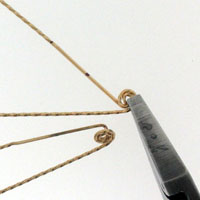 Removing Nicks and Scratches
Removing Nicks and Scratches
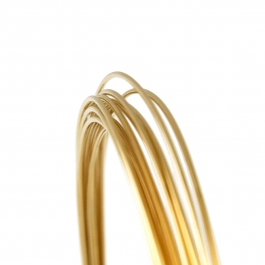 Pricing Jewelry Made with Gold Wire
Pricing Jewelry Made with Gold Wire
 How to Polish Apache Tears
How to Polish Apache Tears
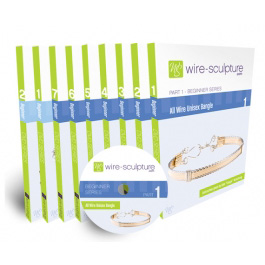 Which Wire Should I Use to Make My First Bracelet
Which Wire Should I Use to Make My First Bracelet
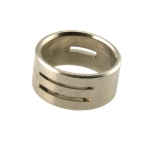 Working with Small Jump Rings
Working with Small Jump Rings
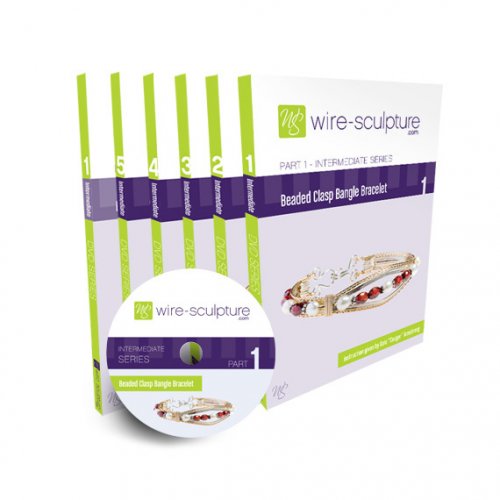 Repairing a Bead Wire
Repairing a Bead Wire
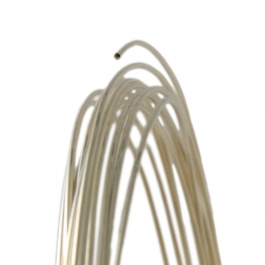 Mixing Sterling Silver and Argentium
Mixing Sterling Silver and Argentium
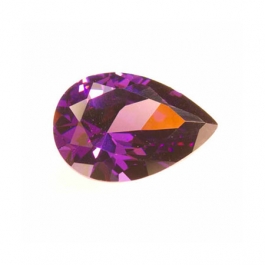 Wrapping a Pear-Shaped Cut Stone
Wrapping a Pear-Shaped Cut Stone
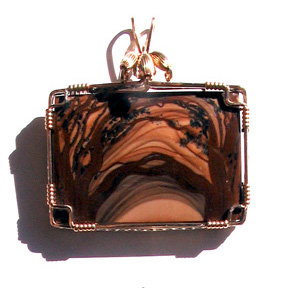 Wrapping a Rectangle Cab
Wrapping a Rectangle Cab
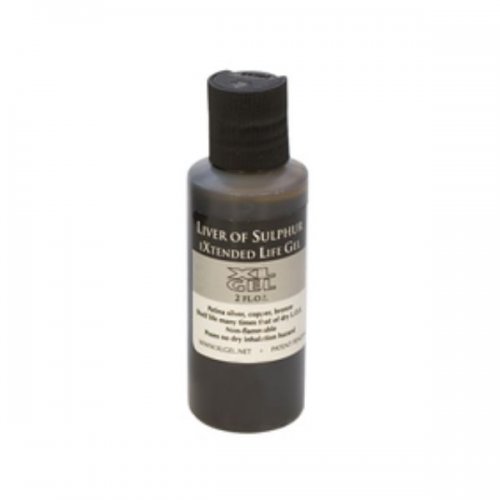 Oxidizing Sterling Silver
Oxidizing Sterling Silver
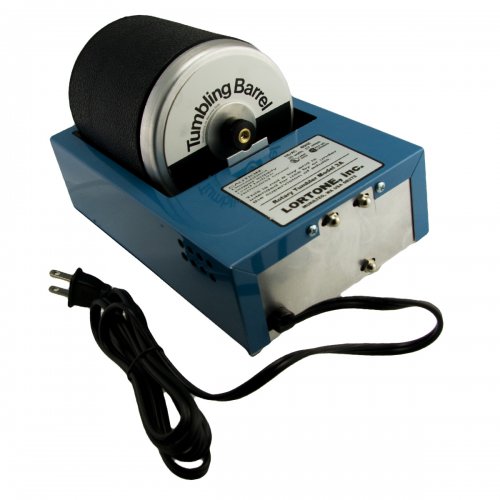 What to Use in Jewelry Tumbler
What to Use in Jewelry Tumbler
 Wire Gauge for Hoop Earrings
Wire Gauge for Hoop Earrings
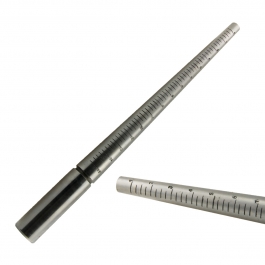 Using a Ring Mandrel
Using a Ring Mandrel
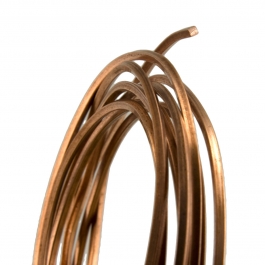 Protecting Copper from Tarnishing
Protecting Copper from Tarnishing
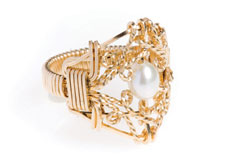 Resizing a Shank with Wire
Resizing a Shank with Wire
 Setting Stones in Jewelry
Setting Stones in Jewelry
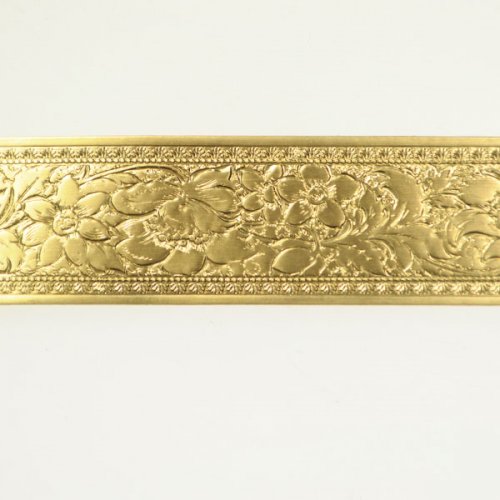 Bending Pattern Wire
Bending Pattern Wire
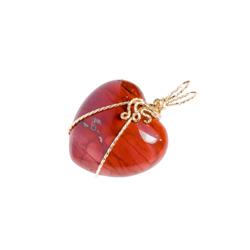 Wire Wrapping Thick Stones with Little Girdles
Wire Wrapping Thick Stones with Little Girdles
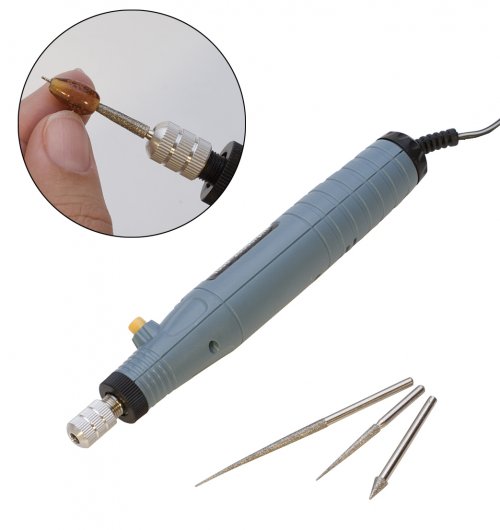 Enlarging Holes in Gemstones
Enlarging Holes in Gemstones
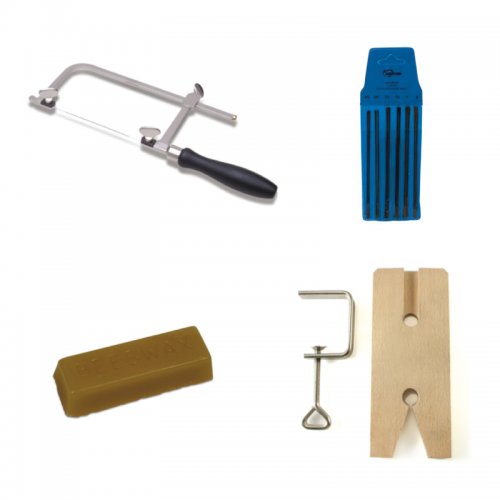 Best Way to Make Jump Rings
Best Way to Make Jump Rings
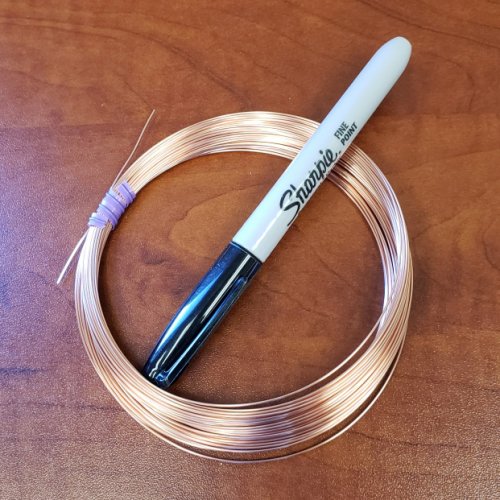 Removing Marker from Jewelry Wire
Removing Marker from Jewelry Wire
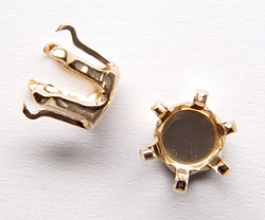 Wire Size for Earrings
Wire Size for Earrings
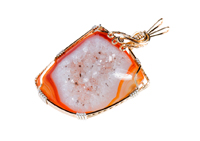 Where to Place Wraps on Free-Form Pieces
Where to Place Wraps on Free-Form Pieces
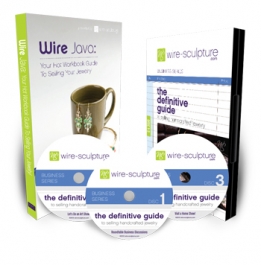 How Do I Find Shows in My Area
How Do I Find Shows in My Area
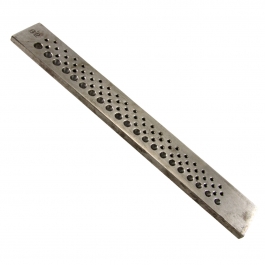 Master Wire Gauges with Draw Plates and Draw Plate Tips
Master Wire Gauges with Draw Plates and Draw Plate Tips
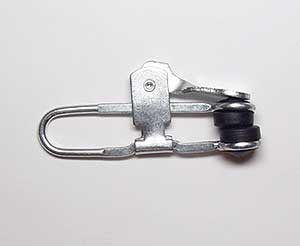 Holding Bundles of Wire Straight
Holding Bundles of Wire Straight
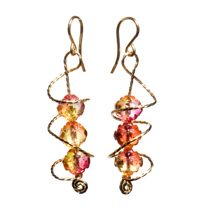 Twisting Wire Evenly
Twisting Wire Evenly
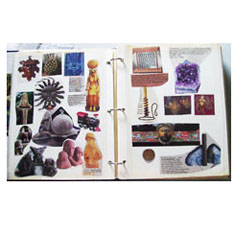 Why Use a Designer's Notebook
Why Use a Designer's Notebook
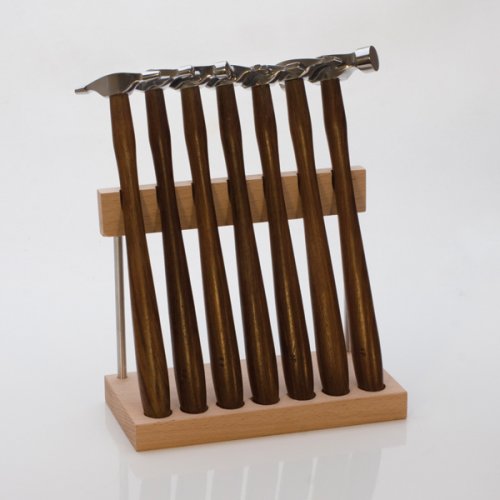 Embossing Hammers and Wire Texture
Embossing Hammers and Wire Texture
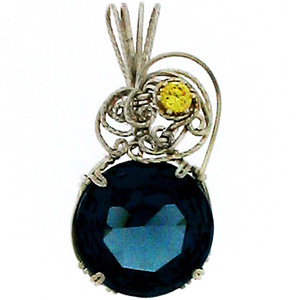 Making a Bracelet with Prong Set Stones
Making a Bracelet with Prong Set Stones
 What are Cold Connections
What are Cold Connections
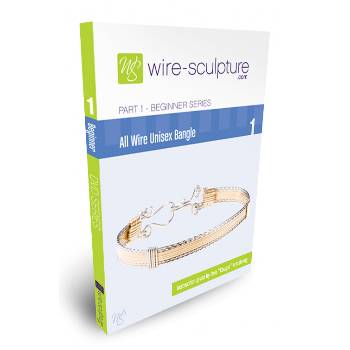 Supply Lists for Wire Jewelry DVDs
Supply Lists for Wire Jewelry DVDs
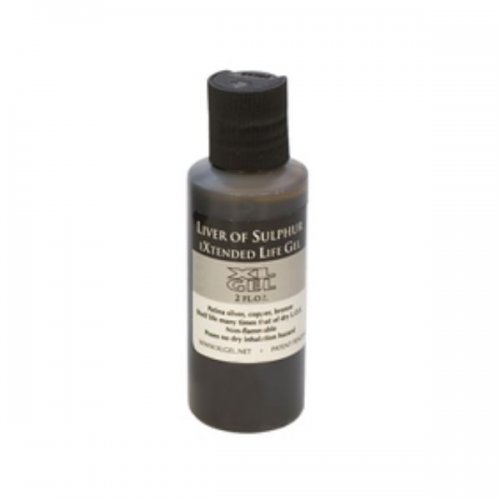 Patina Silver-Plated Wire
Patina Silver-Plated Wire
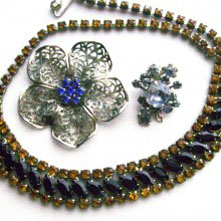 Prevent and Remove Verdigris
Prevent and Remove Verdigris
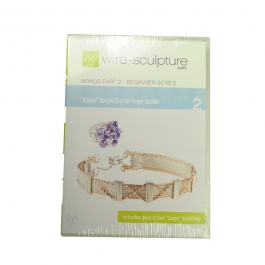 Is Work-Hardened Half Hard Wire, Hard Enough
Is Work-Hardened Half Hard Wire, Hard Enough
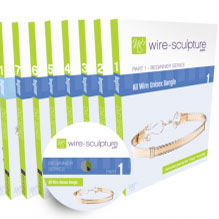 What Are Some Better Selling Beginner Items
What Are Some Better Selling Beginner Items
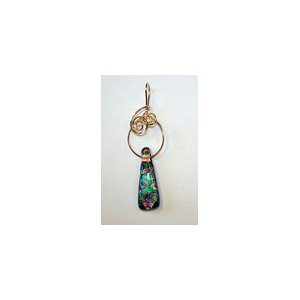 Removing Glue from Dichroic Glass
Removing Glue from Dichroic Glass
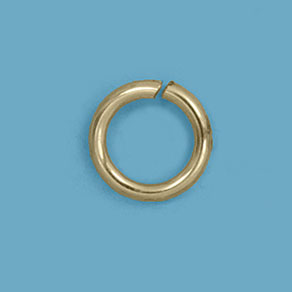 One Jump Ring Gauge to Rule Them All
One Jump Ring Gauge to Rule Them All
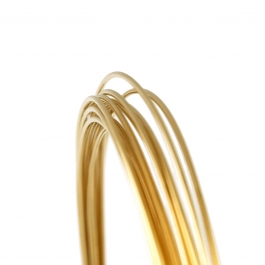 Adjusting Jewelry Prices with the Metal Market
Adjusting Jewelry Prices with the Metal Market
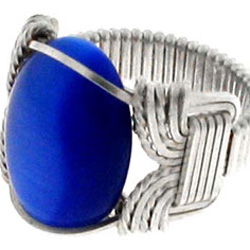 Making Wire Jewelry for Men
Making Wire Jewelry for Men
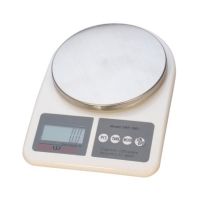 Determining Carat Weight
Determining Carat Weight
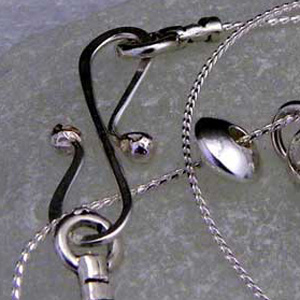 Building on Snake Style Chain
Building on Snake Style Chain
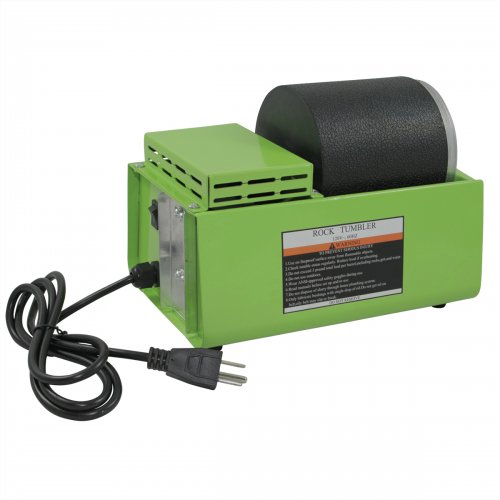 How to Keep Stainless Shot Free of Residue
How to Keep Stainless Shot Free of Residue
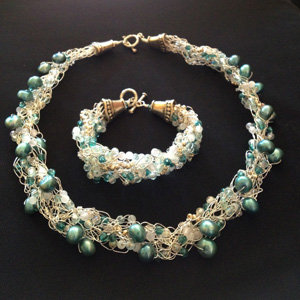 Crochet Wire Designs
Crochet Wire Designs
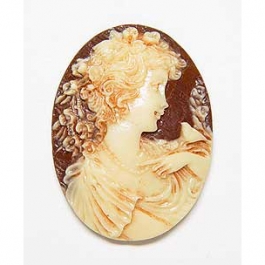 Heating Porcelain Cameos
Heating Porcelain Cameos
 Storing Your Jewelry
Storing Your Jewelry
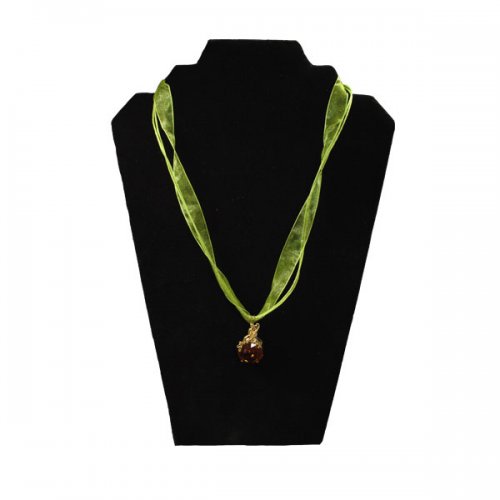 How to Win Awards for Jewelry Design
How to Win Awards for Jewelry Design
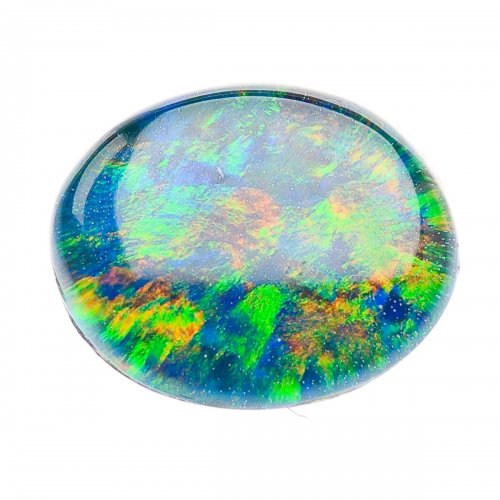 Wrapping Small Stones
Wrapping Small Stones
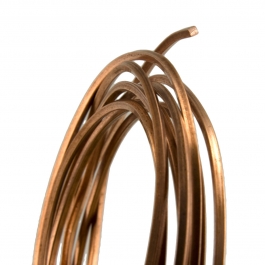 Tips for Working with 18G Wire
Tips for Working with 18G Wire
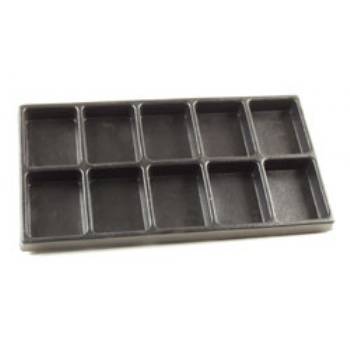 Organizing Beads for Easy Jewelry Making
Organizing Beads for Easy Jewelry Making
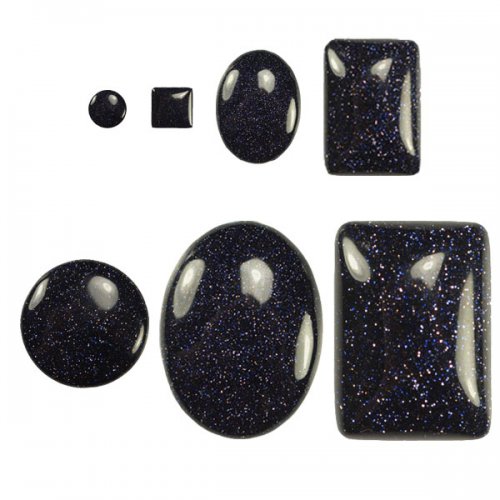 What Is a Cabochon
What Is a Cabochon
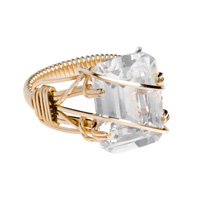 The Best Wire Temper for Rings
The Best Wire Temper for Rings
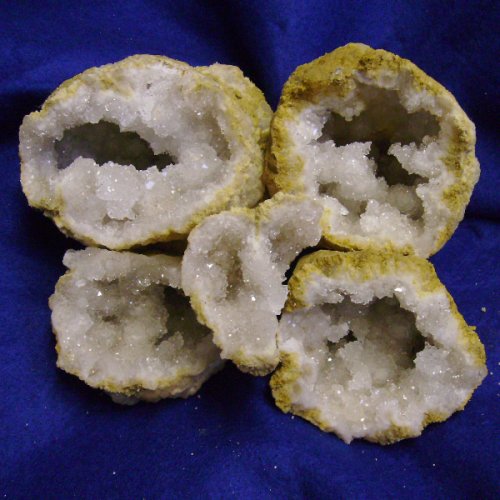 Making Wire Jewelry with Crystals
Making Wire Jewelry with Crystals
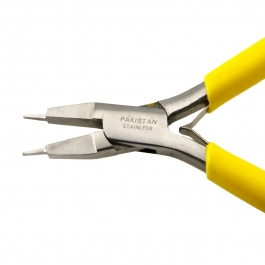 When to Use Flat Nose Prong Making Pliers
When to Use Flat Nose Prong Making Pliers
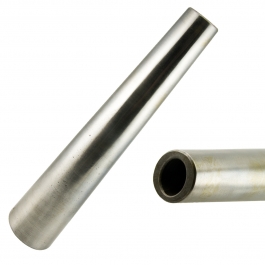 Measuring for a Bracelet
Measuring for a Bracelet
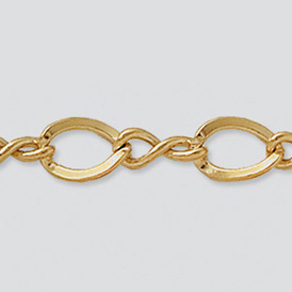 What Chain Sizes Are Best
What Chain Sizes Are Best
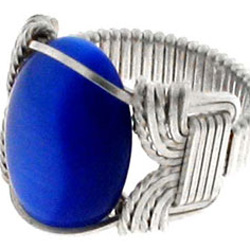 Pharaoh Ring Wires
Pharaoh Ring Wires
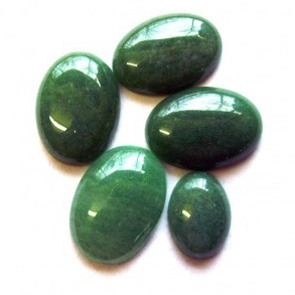 How to Wrap a Broken Cabochon
How to Wrap a Broken Cabochon
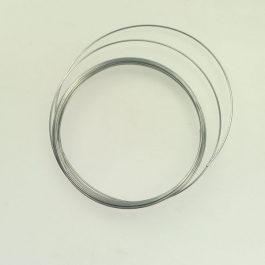 How Do You Use Memory Wire
How Do You Use Memory Wire
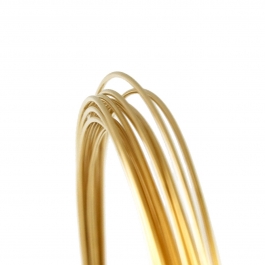 Organizing Jewelry Wire
Organizing Jewelry Wire
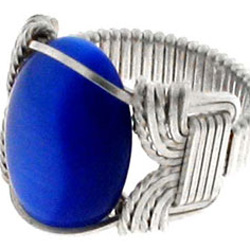 Starting Position of Wrap for Ring Shanks
Starting Position of Wrap for Ring Shanks
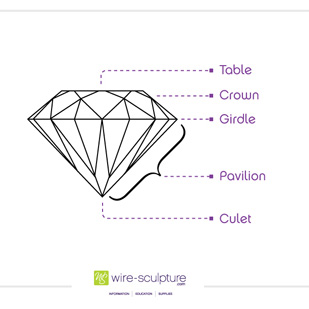 Faceted Gemstone Terms
Faceted Gemstone Terms
 What is the Average Size for Bracelets
What is the Average Size for Bracelets
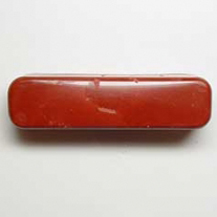 Red Rouge
Red Rouge
 Rosary Links and Wire Temper
Rosary Links and Wire Temper
 Jewelers' Saws and Jump Rings
Jewelers' Saws and Jump Rings
 Wrapping Cabochons
Wrapping Cabochons
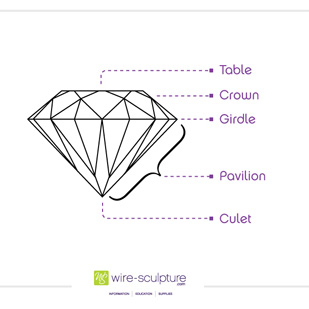 Traditional Gemstone Pendant Wrapping
Traditional Gemstone Pendant Wrapping
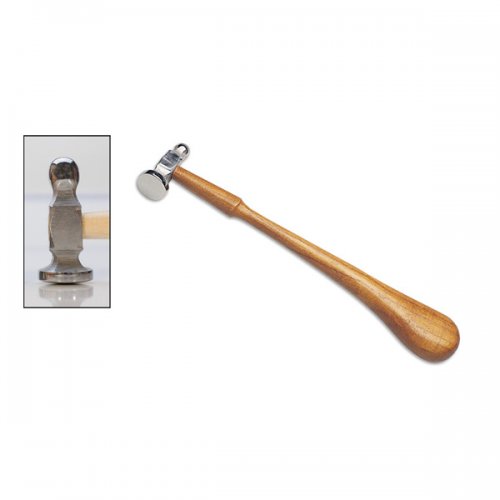 Flattening Wire with Hammers
Flattening Wire with Hammers
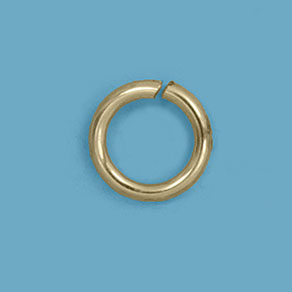 Foolproof Jump Ring Closures
Foolproof Jump Ring Closures
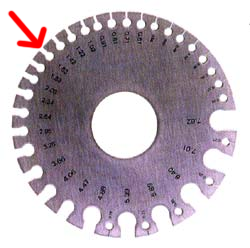 How to Use a Wire Gauge
How to Use a Wire Gauge
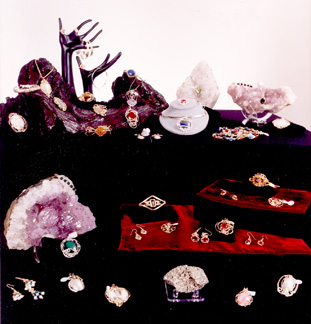 Jazz up Your Jewelry
Jazz up Your Jewelry
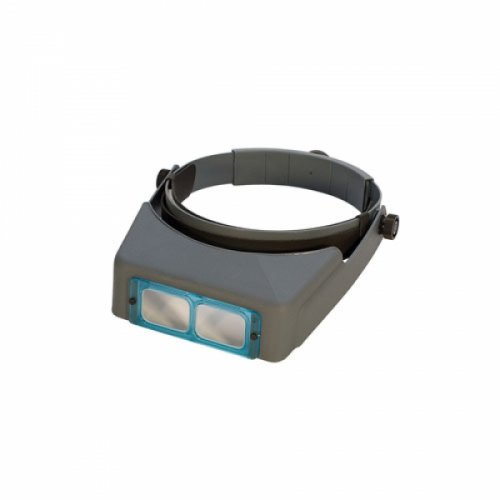 Optivisor Distance and Magnification
Optivisor Distance and Magnification
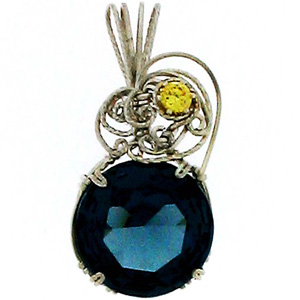 Photographing Your Wire Jewelry
Photographing Your Wire Jewelry
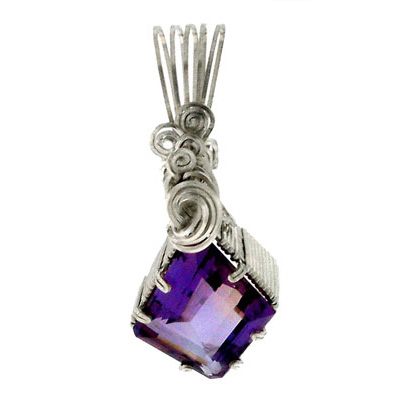 Prong-Setting Ideas for a Cut Stone
Prong-Setting Ideas for a Cut Stone
 Sterling Silver and Fresh Water Pearls
Sterling Silver and Fresh Water Pearls
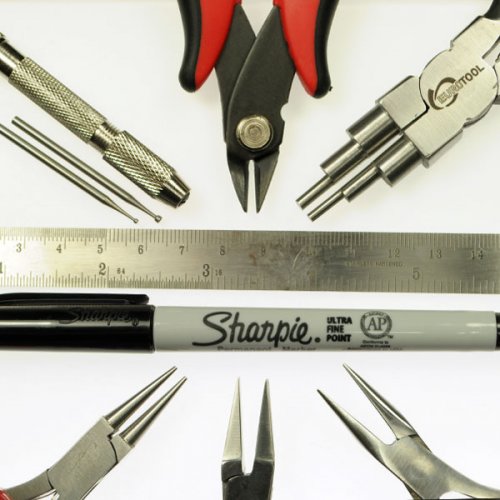 Ultimate Jewelry Tool Shopping List
Ultimate Jewelry Tool Shopping List
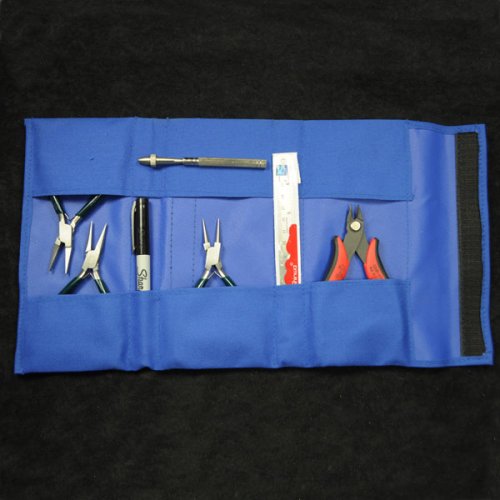 Wire Jewelry Tool Care
Wire Jewelry Tool Care
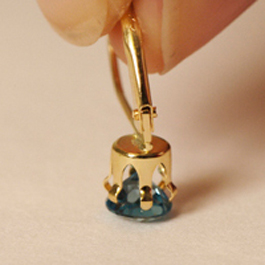 How to Set Stones into Earring Snapsets
How to Set Stones into Earring Snapsets
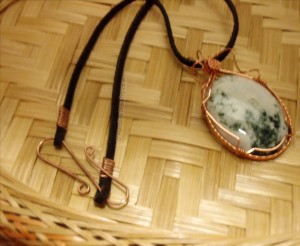 Make a Finished Ribbon Necklace
Make a Finished Ribbon Necklace
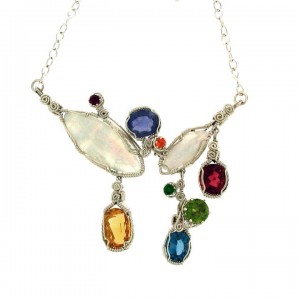 Sell or Display Valued Stones
Sell or Display Valued Stones
 Cleaning Sterling with Baking Soda
Cleaning Sterling with Baking Soda
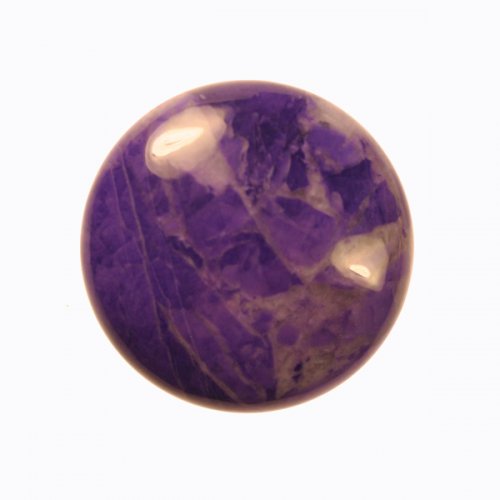 Purple Turquoise and Turquoise Facts
Purple Turquoise and Turquoise Facts
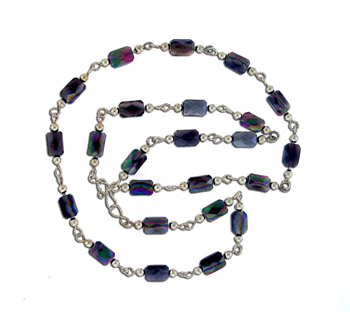 Irradiated Quartz Necklace
Irradiated Quartz Necklace
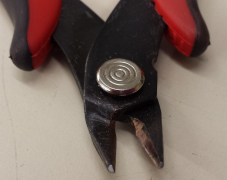 Removing Rust Without Damaging Tools
Removing Rust Without Damaging Tools
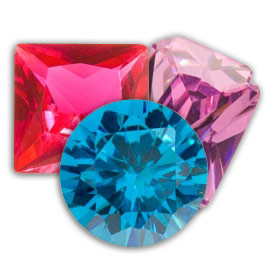 Determine Gemstone Authenticity at Home
Determine Gemstone Authenticity at Home

